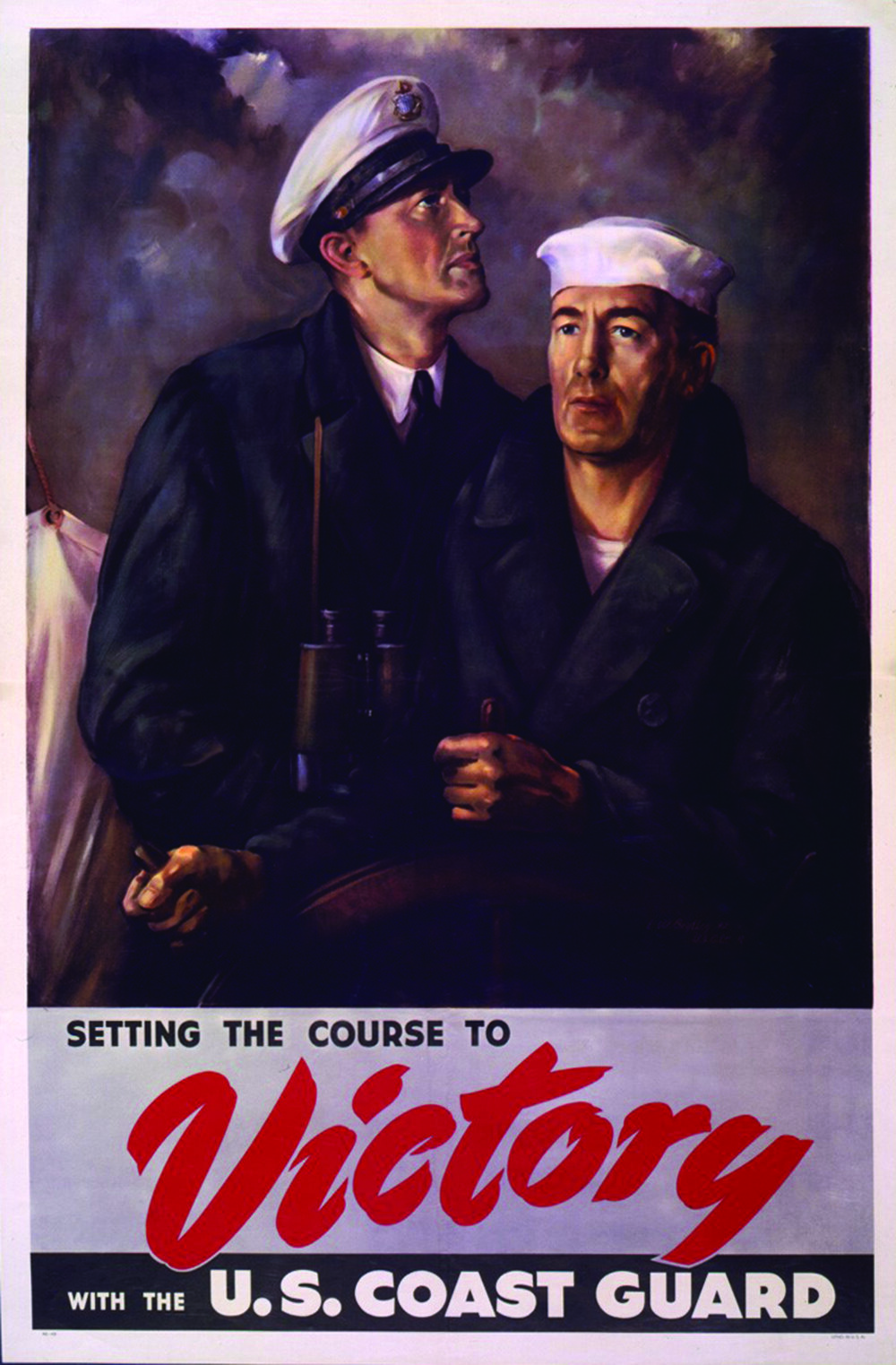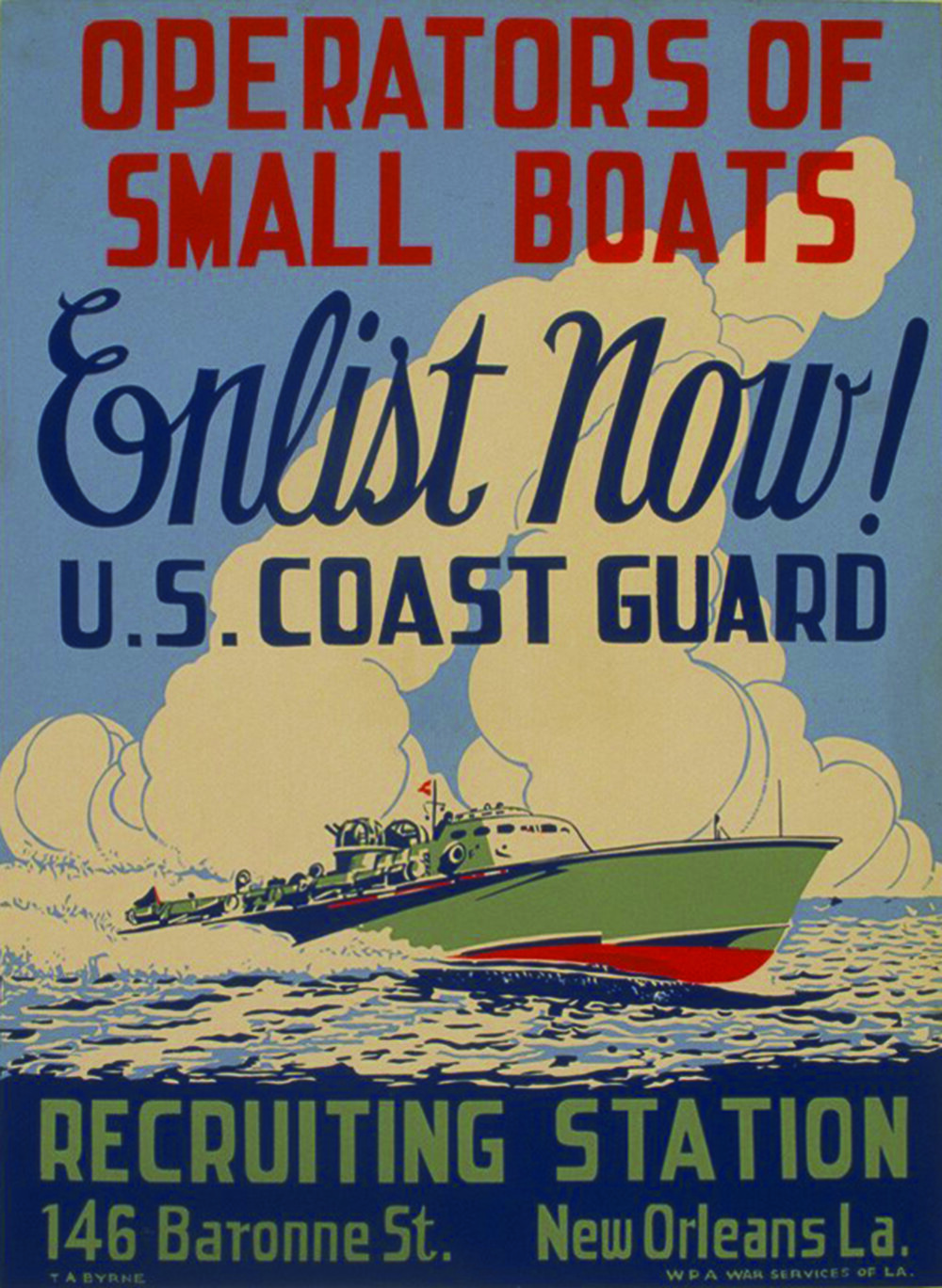The Coast Guard’s Forgotten History
Posted by Gunnar Rice on Apr 9th 2020
Too often overshadowed by its similarly sea-faring cousin, the Navy, the U.S. Coast Guard has a far longer history, and one that’s just as action-packed.
Officially formed on January 28, 1915, the Coast Guard is the bureaucratic child of two groups, the United States Life-Saving Service and the U.S. Revenue Cutter Service. The former has a less-exciting but no-less noble history that dates back to 1786 when the Massachusetts Humane Society, sickened by senseless drowning deaths in shallow waters, began sending out small row boats on ad hoc rescue operations when ships ran aground. This group eventually inspired similar volunteer services up-and-down the coast.
But these were often ramshackle operations that struggled with worn out equipment even after Congress began subsidizing them 1848. It wouldn’t be until 1878 that the government officially took the LSS under its wing, incorporating it into the U.S. Treasury and giving it the supplies it needed. It was in that branch of government that the LSS would eventually meet the Coast Guard’s more adventurous parent, the Revenue Cutter Service.
Then just a fleet of ten single-mast cutters, the Revenue Service was formed in August 1890 to help impose tariffs and collect taxes for the struggling United States. We were just free of our colonial underwriters and these small ships were essential in building the nation’s post-war coffers, stopping illegal imports and making sure every tax was paid. They watched American waters unassisted for seven years before the U.S. Navy came along in 1797, born from the ashes of the Continental Navy.
Though the Navy did become the nation’s primary oceanic defenders, the USRC had a plethora of responsibilities over the years, including stopping illegal slave ships, combating ocean-riding ne’er do-wells, like pirates, and in the War of 1812, a USRC schooner called the Jefferson captured the first British ship, a brig called The Patriot. And the years that followed brought the USRC even more military action as when it fought for President Lincoln during the Civil War and when it helped blockade Havana’s harbor during the Spanish-American War.
With the 20th Century in full-swing, it became clear that the nation’s oceanic operations needed to be streamlined, so the Life-Saving Service and the Revenue Cutter were brought together to form the U.S. Coast Guard. And it was just in time, because soon the newly minted fleet would be called on to assist the Navy during both World Wars, in the second of which they found themselves guarding American shores from German submarines. But in addition to these hawkish moves, the Coast Guard remained an essential force in rescue operations, just like the Life-Saving Service: it was integral during the Mississippi Floods of 1927 and 1993, and the Coast Guard aided Cubans lost at sea in 1994.
The Coast Guard was transferred from the Treasury to Homeland Security after the September 11th attacks, but it continues to be just as militaristic — it was deployed to Afghanistan — and it is just as selfless — earlier this month the Coast Guard spent 5 days searching for twelve marines downed in a helicopter crash. Like its organizational forefathers, the Coast Guard’s tender and tough, and it definitely lives up to its motto, Semper Paratus: “Always Ready.”



